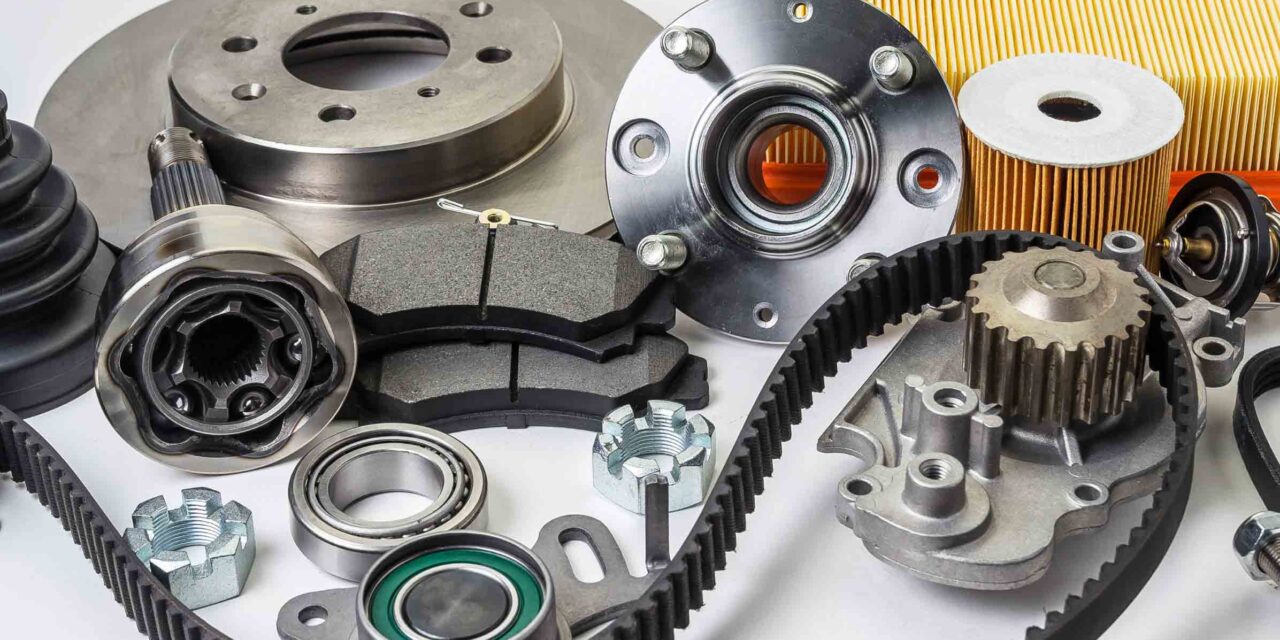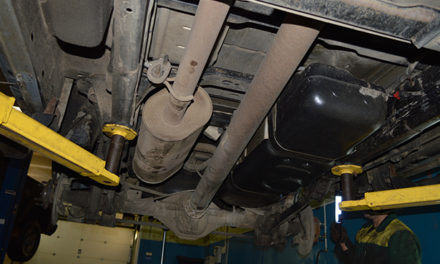When you own a car, you’ll inevitably spend money on two major things: maintenance and repairs. Skipping proper maintenance, such as regular oil changes and maintaining proper fluid levels, will necessitate major repairs earlier than expected. But even if you maintain your car perfectly, you’ll still have to face repairs at some point-because all parts wear out eventually. What typically goes wrong? Here’s our list of the top ten components that fail due to mileage and time.
- Battery
The average battery life is roughly four years-up to six years if you’re lucky. In hot, dry climates such as New Mexico and Arizona, you’ll likely get just three years. - Water Pump
After preventing overheating for 70,000 miles of driving, your water pump could fail at any time. The first symptom is coolant leaking from the vent hole or around your pump shaft; without enough coolant, your engine will eventually overheat. - Fuel Pump
In many makes of vehicle, a fuel pump may fail quite suddenly, somewhere around 60,000 miles. If you’re lucky, your fuel pump will give you a warning sign before it fails, such as buzzing, stalling or hard starting, but in most cases, the pump just quits working. - Gaskets
Over time, rubber gaskets usually harden and shrink. By the time they’re 10 or 12 years old, they’ll start to leak. With some engines, your intake manifold gasket may start leaking around 60,000 or 70,000 miles. - Timing Belt
Depending on the age of your engine, you’ll need to replace your rubber timing belt every 60,000 to 100,000 miles; otherwise, if could suddenly break at any time. - Automatic Transmission
The failure rate starts to rise around 60,000 or 70,000 miles and shoots skyward beyond 100,000 miles. Rather than try to repair the mess, most people replace it with a remanufactured transmission. - Clutch
Your clutch’s lifespan depends largely on how you drive. Aggressive drivers burn the clutch much more quickly than gentler drivers: around 30,000 miles rather than the average of 70,000 to 100,000 miles. - Brake Pads
Your brake pads will definitely wear out-the only question is when, and that depends on how you drive, the weight and speed of your car, and whether you drive mostly on country roads, on highways, or in stop-and-go city traffic, among other factors. The lifespan ranges from 30,000 to 70,000 miles. - Tires
Assuming that your wheels are aligned and that your steering and suspension are in good shape, you could get 60,000 to 80,000 on your original tires. Replacements last from 50,000 to over 80,000 depending on quality. But if your tires are over 10 years old, they should be replaced no matter how much tread they have; tires age internally with or without driving. - Muffler
Even with constant exposure to water and acids, stainless steel mufflers can last for 10 years. The plain steel type will likely rust within five years. If your exhaust system leaks, then you’ll make a lot of noise and emit dangerous fumes.






![[Vehicle Fitment-1]: Compatible with Ford Bronco 1990-1996 V8 5.0L, Bronco 1991-1996 V8 5.8L, Crown Victoria 1992-1997 V8 4.6L, E-150 2003-2004 V8 5.4L, E-150 Club Wagon 2003-2004 V8 5.4L, E-150 Econoline 1997-1998 V8 4.6L, E-150 Econoline 1990-1996 ...](https://m.media-amazon.com/images/I/51C9ppT0z0L._SL100_.jpg)

![[OE Auto Parts] - 12613411 / 12587269 fuel injectors sold by Pjvmvo are OE parts. We use VIN matching to ensure the integrity of our inventory and accuracy of product descriptions. Offer high quality, and long-lasting performance. [Fitment] - 5.3L / ...](https://m.media-amazon.com/images/I/41K60SoJq9L._SL100_.jpg)


![[Vehicle Fitment]: Compatible with Buick LaCrosse 2010-2016 L4 2.4L, Regal 2011-2017 L4 2.4L (2013: Engine Code K), Verano 2012-2017 L4 2.4L; Compatible with Chevrolet Captiva Sport 2012-2015 L4 2.4L, Equinox 2010-2017 L4 2.4L, Impala 2014 L4 2.4L, M...](https://m.media-amazon.com/images/I/41yItqTLlkL._SL100_.jpg)